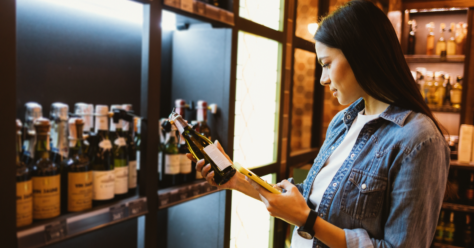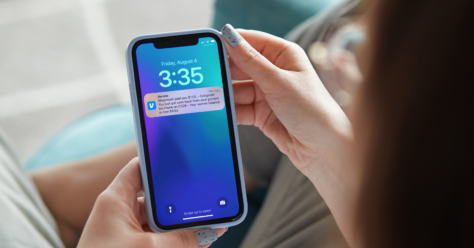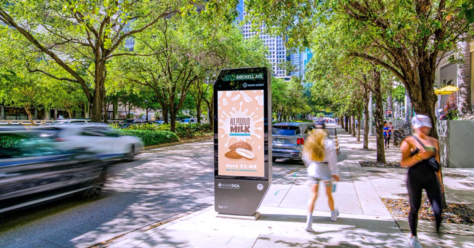
Tough times test loyalty but also offer the opportunity to strengthen it— even for brands.
March seems like eons ago. Lockdowns were just beginning, and uncertain shoppers were flocking to stores in an effort to stock up their pantries. Unfortunately, despite their plans to gather their favorite groceries and goods, many consumers were met with lean shelves. Due to widespread pantry stocking, some supply chains struggled to keep up with the influx in purchases which led to product shortages. These out-of-stocks were the impetus for shoppers to purchase alternative brands that they typically wouldn’t reach for.
As consumers’ loyalty shifts, some brands are exploring new tactics to retain these new buyers and return their previously loyal ones. We consulted with thought leaders and explored publications to provide insights into what you can do to protect your brand and grow loyalty during the pandemic.
Taking a Look at Current Brand Loyalty Trends
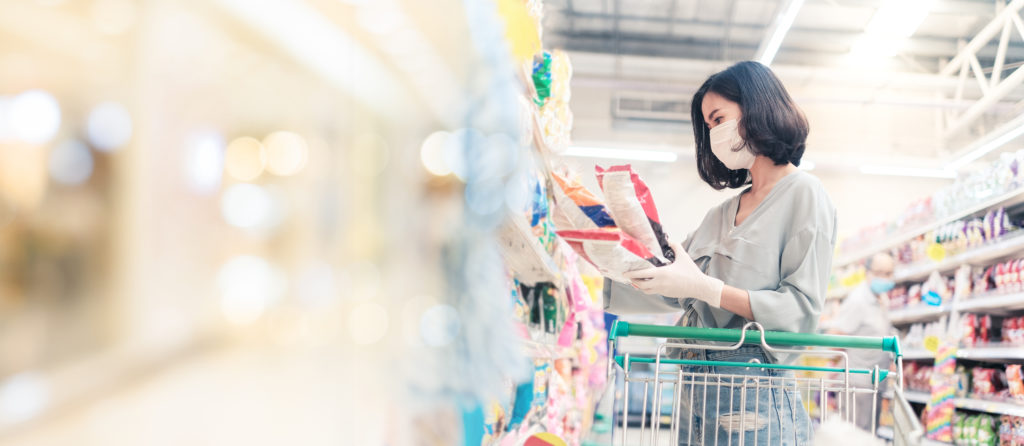
According to Food Business Network, as many as 65% of customers have purchased new brands since the beginning of quarantine and 79% of those shoppers say they did so due to their typical product selections being out-of-stock. Even as many products have returned to store shelves, signs show that shoppers may continue to purchase products that they’ve picked up during the pandemic.
Randy Burt, managing director in the consumer products practice at AlixPartner commented, “Consumers are suggesting that they’re going to continue and stick with the brand they’ve tried at a pretty high rate.”
Understandably, many brands are concerned about what the disruption in customer brand loyalty means for the foreseeable future and even after the COVID-19 pandemic. According to ClickZ, “An economic recession always breaks old habits and remakes them anew. Layer on a health crisis like COVID-19, and then the threats to long-term loyalty skyrockets. Address customers’ concerns and current situation through authentic engagement and meaningful interactions, and you will build loyalty that will have lasting impressions… long after COVID-19 passes.”
Marketing-wise, COVID-19 has shifted brand strategy whether your brand has tackled product shortages or even acquired new shoppers. According to Quotient Sales Director, Kristen Hall, “Brand loyalty has always been important, but now it’s crucial. Marketing strategy has become a 2-part strategy as brands try to retain their loyal buyers and also acquire new purchasers. In terms of measurement, brands have been looking at market share and share shift analysis to measure how they’ve been able to keep loyal consumers as well as get consumers to shift from competitors to their brand.” We believe that, although consumer behavior may have shifted over the previous months, now is an important time to show consumers what your brand truly stands for by creating the opportunity to meaningfully engage with, retain and attract customers. Brands that can provide a guiding light even during this pandemic and recession will especially stand out to shoppers throughout the pandemic and beyond.
Building Brand Loyalty by Improving the Customer Experience

We’ve all heard the phrase, “unprecedented times” by now. But truly, it’s hard to remember an environment quite like this before, and extending consumers grace in any way will go miles. Some brands are offering customers savings when they choose to buy online, pickup from stores or choose to have food delivered. These offers provide value that can reflect positively on a brand or retailer in a climate that can use that positivity.
We recommend that brands understand the emotions consumers are tackling empathetically instead of avoiding them. Reaching out to customers with honest and supportive messaging creates a great opportunity to contact consumers without pushing a sale— which in the long run can ring positively for brand image.
As an example in the travel and hospitality sector, Marriott Hotel reached out to their audience to inform them that they were extending their rewards points expiration and that they altered their cancellation policy after understanding their audience’s travel plans have likely changed due to the pandemic. A strategy like this can have long term positive effects as consumers remember the efforts this brand made to make things easier on them—plus good customer service sets a company apart and is likely to create a lasting relationship with customers.
Consumers have had to make brand adjustments during the past few months due to product availability. While data suggests some consumers are open to switching brands, Retail Dive suggests product shortages haven’t been entirely detrimental to brand loyalty. “It’s how retailers and brands respond to such issues that helps protect the customer loyalty they’ve built with consumers.”
Instead, Rodger Buyvoets, CEO and Founder of Crobox, thinks that brands have done whatever they can in a short period of time to counteract out-of-stock items. Buyvoets also thinks maintaining consumer loyalty is within brands’ control through their offerings and understanding. According to Buyvoets, optimizing free-returns, priority pick-ups and customer experiences fosters brand loyalty and brands that are able to offer personalization, transparent communication and a seamless digital experience go above and beyond.
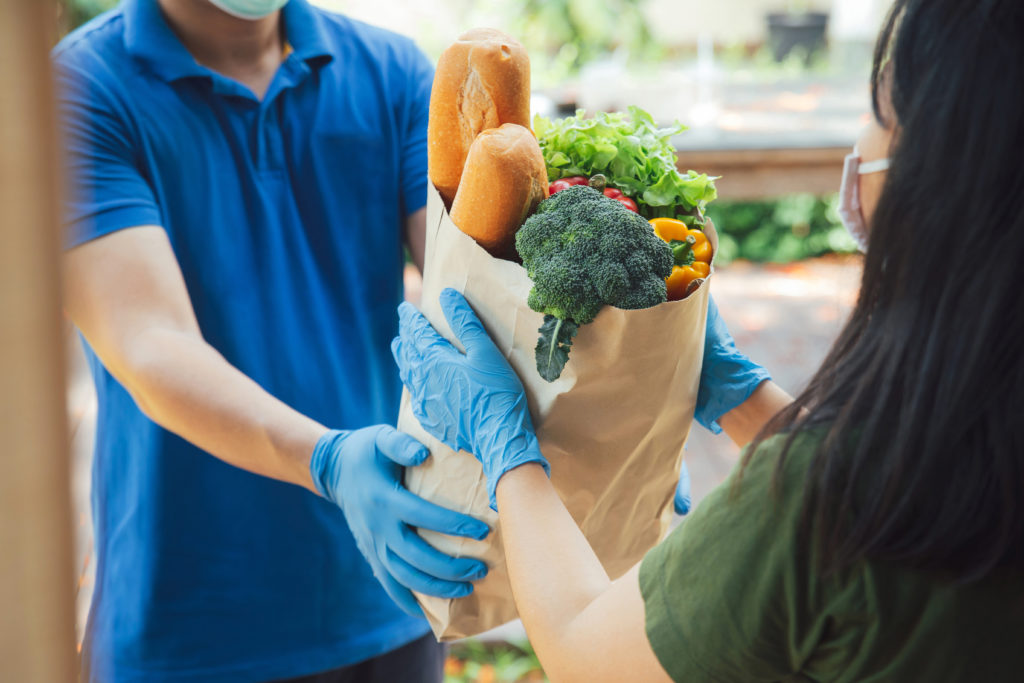
As an additional perk, at Quotient we’re advising specific brands to extend premium coupons to consumers. Although it is a new tactic to offer a premium coupon to a brand buyer, sending a trial buying offer to somebody that’s already buying your brand can help alleviate financial stress during these times as well as keep consumers on your loyalty side. These offers are currently witnessing very high redemption rates.
We’ve all experienced things outside of our control this year and may be looking for something trustworthy to latch on to. What’s best for brands is to react empathetically and from a position of understanding right now.
Create Caring Content

Along with providing perks, brands can create an emotional connection with consumers by serving useful content during these trying times. We’re all facing new hurdles on the day-to-day, such as balancing parenting, schooling and our jobs all in the same space or creating dinner with limited supplies.
Sharing content that truly supports shoppers managing this “new normal” can foster a stronger, long-lasting relationship. There are ways to market meaningfully to consumers with content relevant to your products, without pushing a sale.
For example, Best Buy offered consumer tips for creating a productive home office. This type of relevant and timely content can resonate and can reach shoppers whether they are or are not looking for electronics. If they aren’t looking to make this type of purchase, this valuable content could still kindle a strong relationship with consumers that may lead to a product purchase in the long run.
Creating meaningful content sometimes will mean you have to pivot based on timely developments. At Quotient, for example, we quickly adapted a BIC Multi-Purpose lighters campaign in May that was previously focused on celebrating and enjoying milestones, like birthdays or graduations, to be COVID-19 aware by encouraging people to remain socially distant.
This campaign inspired audiences to safely enjoy long days at home with family while still virtually celebrating these special occasions. Not only was this campaign received positively by people online, it also was awarded a Martech Breakthrough Award in Influencer Marketing Innovation.
During a time of 24/7 information and endless content scrolling, it’s now increasingly important for brands to be able to break through the noise with innovative, positive and useful marketing solutions.
Check out our eBook Socializing While Social Distancing: Using Social Media to Connect During COVID-19 to discover how to meaningfully connect with consumers online.
Pulling More Levers and Innovation
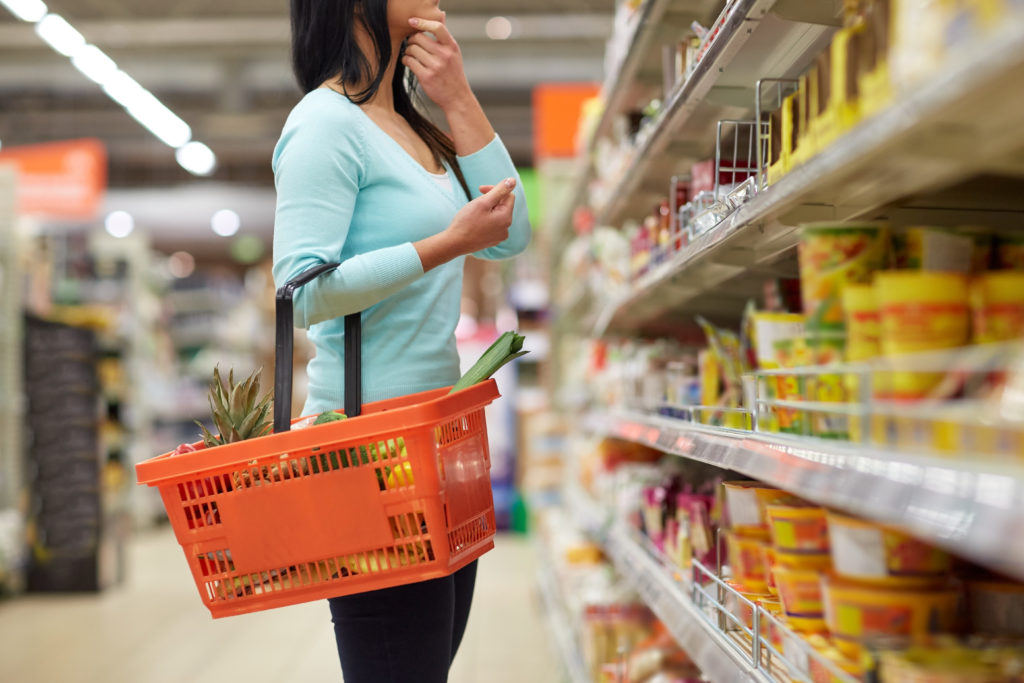
In addition to offering promotions, adjusting policies and sharing useful content, another key component to attracting consumers to your brand is reaching consumers where they are.
According to Quotient Sales Director, Patti Dawson, “Some brands previously had a more siloed approach. Now, brands are looking at the marketing process more holistically. Instead of using one type of promotion for one type of consumer— we are recommending a more integrated approach that includes strategic promotions to create awareness, and delivering them across a variety of channels such as digital Out-of-Home (DOOH), social-influencer solutions or digital media. This mirrors the customer journey where there are many different touchpoints and brands can use them to share one cohesive brand message.”
As Dawson mentioned, with shoppers’ shifting brand loyalty linked to limited product availability, in-store DOOH advertising has become an essential part of an omnichannel marketing strategy that can help brands gain share of voice during a time where consumers may be looking for guidance. Many consumers may feel stranded when their typical product choice is out-of-stock and over 70% of purchase decisions are made directly at the grocery shelf. In-store DOOH advertising is an offering entirely focused on connecting with consumers directly in or around stores when purchase intent is the highest. By executing programmatically, DOOH allows brands to be both dynamic and nimble—shifting creative, budget and even location, which is critical at a time when messaging may need to quickly pivot in response to changing circumstances. Given the circumstance and the need, Quotient has expanded their in-store network of programmatic DOOH inventory.
According to Dawson, another way to meet consumers where they are is through innovation. “While companies are working on brand loyalty and new buyer acquisition, a lot are also working on innovation. With the prevalence of brand switchers right now, brands who are willing to innovate are beginning to take over competitors.”
Some brands currently have larger budgets for the remainder of 2020 after delaying spend in the first half when everything was more uncertain due to the pandemic. With these extra spending dollars, some brands are strategically deciding to expand their product offerings to include more diverse offerings—such as vegan, gluten-free or sustainable products. For brands that are not looking to diversify their product range during these uncertain times, innovations in marketing campaigns, providing new usage occasions for already existing products or creating a new sales model to fit the current landscape could also be beneficial.
Overall, 2020 has proven to be a challenge for consumers and brands alike, a challenge we have all embraced and are working to make the best of. Retail Customer Experience shared, “The past few months have proved that retail must not wait for a global crisis like a health pandemic to prioritize customer experience and loyalty. No retailer can predict what the future holds and the key takeaway should be that retail brands should expand their core offering into multiple layers of value that can appeal to consumers in times of crisis.”
During this pandemic and beyond, we believe that brands who are able to prioritize customer experience, provide perks and serve useful content will earn trust and provide true value—which is the true formula for brand loyalty.
Looking for inspiration on how to create and share meaningful content? Check out our free Holiday eBook full of data-driven trends here:

